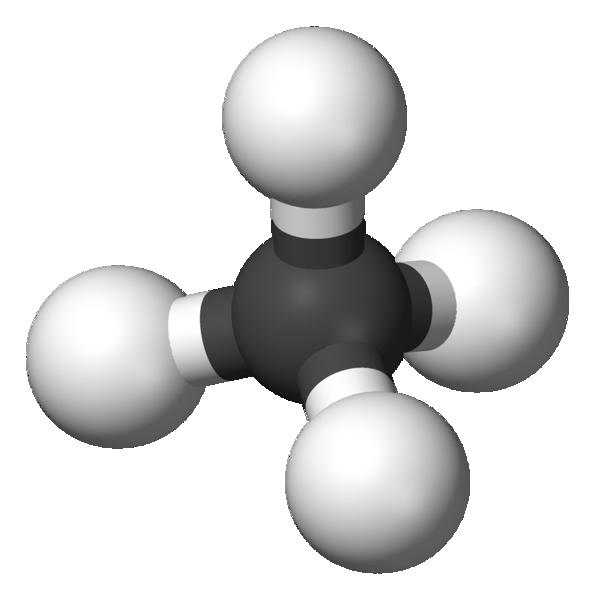In simple organic chemistry, hydrocarbons are chemical compounds that are made up of hydrogen and carbon. They are considered as one of the most important energy resources on the planet.
There are different kinds of hydrocarbons present and most of the hydrocarbons normally occur in crude oil. Hydrocarbons normally evolve from fossil fuels on the Earth like oil, coal and natural gas. Hence, they are important to each individual because more than 80% of the global electricity is generated by burning hydrocarbons. Additionally, hydrocarbons also help us in propelling our cars and other vehicles through diesel and petrol. Hydrocarbons can be in any state, low melting solids like paraffin wax, naphthalene and gases like methane, propane and liquids like hexane and benzene.
 Hydrocarbons are normally broken up into four different categories, which are saturated hydrocarbons, unsaturated hydrocarbons, cycloalkanes and aromatic hydrocarbons.
Hydrocarbons are normally broken up into four different categories, which are saturated hydrocarbons, unsaturated hydrocarbons, cycloalkanes and aromatic hydrocarbons.
Saturated hydrocarbons are the simplest hydrocarbons that have one single bond with hydrogen and are saturated with hydrogen. Saturated hydrocarbons normally form the petroleum fuels for us.
Unsaturated hydrocarbons have more than one or three bonds with carbon atoms and therefore, they are a bit complicated than saturated hydrocarbons. Most of the unsaturated hydrocarbons are alkenes. Hence, they are somewhat soluble in water and can even undergo some reactions.
Cycloalkanes are different hydrocarbons that have hydrogen atoms connected to one or many carbon rings. They are very much similar like alkenes but cycloalkanes have a higher boiling and melting point, which makes them different.
Aromatic hydrocarbons which are also called as arenes also have hydrogen atoms that are connected to one aromatic ring in the structure. Aromatic hydrocarbons have a very stable molecular structure that gives them a sweet scent because of which they are termed as aromatic hydrocarbons.

Found in your exhaust system of the car, a catalytic converter acts to decrease the entire toxic emissions of a car by stimulating a chemical process in your vehicle’s exhaust.